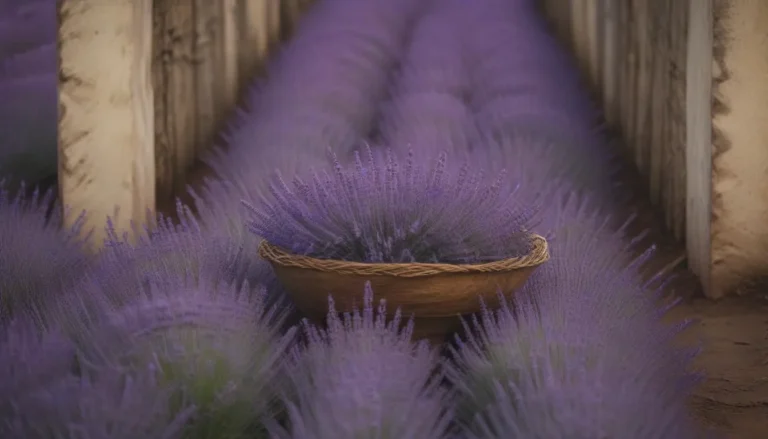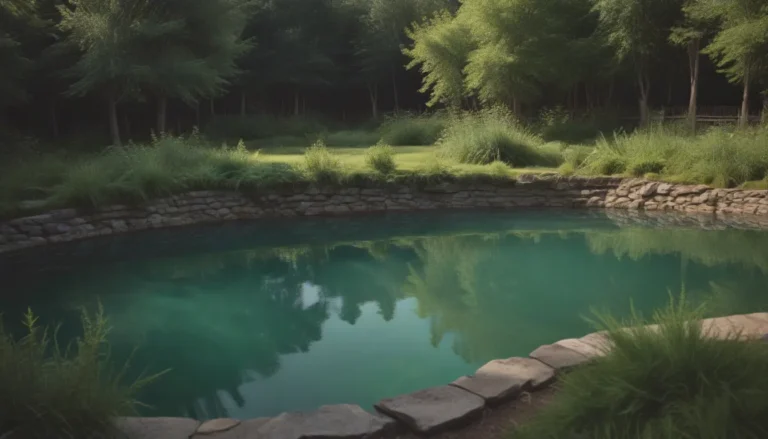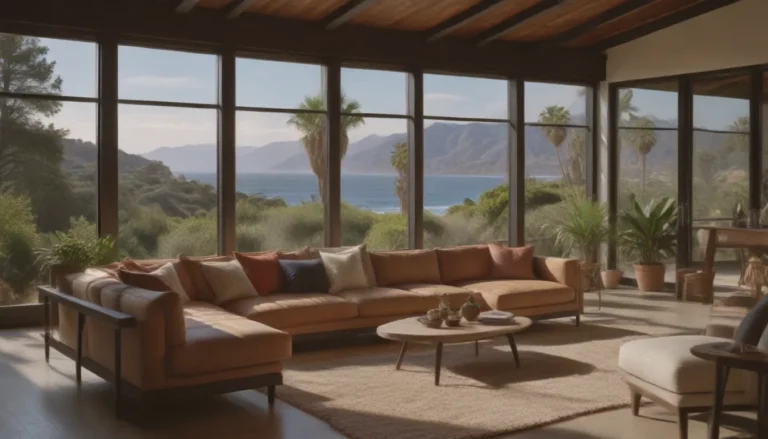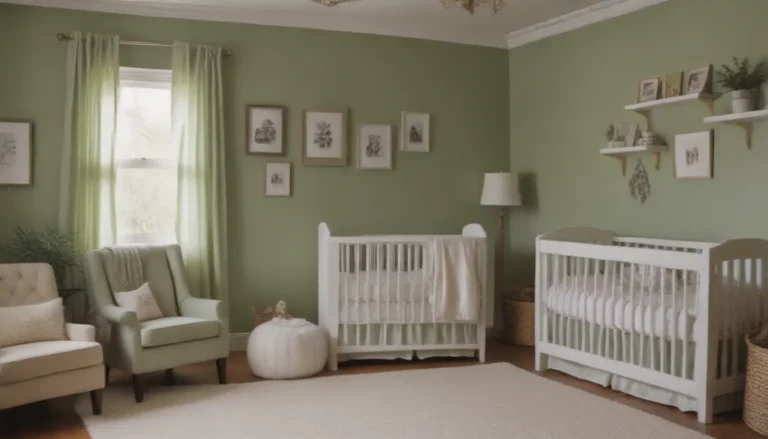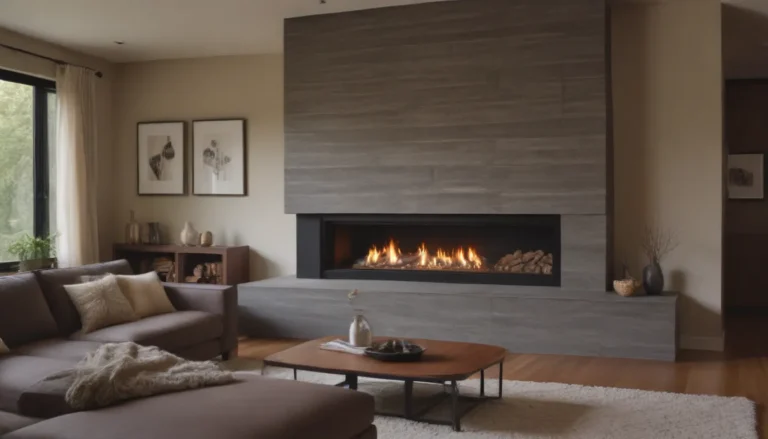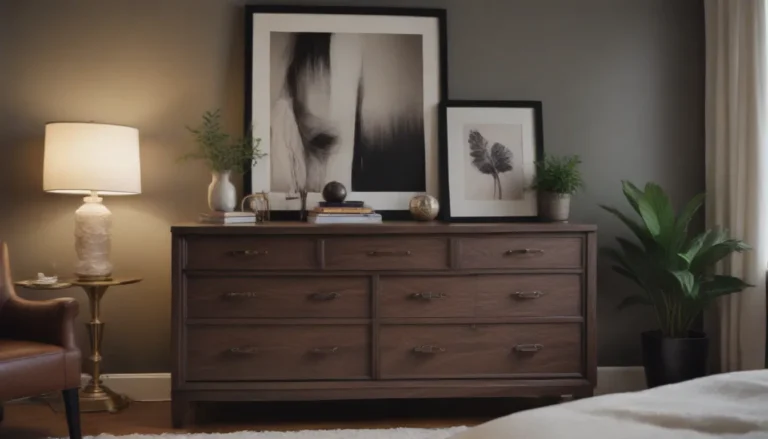Unlocking the Secrets of Traditional Interior Design Style

Are you drawn to the warmth and comfort of a classic, timeless home decor style? If so, traditional interior design might be the perfect fit for you. In this expansive guide, we will delve into the depths of traditional interior design, exploring its origins, key characteristics, decorating tips, and examples that will inspire you to create your own traditional haven. So sit back, relax, and let’s embark on a journey through the wonderful world of traditional interior design!
Unraveling the Mystery of Traditional Interior Design Style
When we talk about traditional interior design, we are referring to a style that exudes a sense of classic elegance and familiarity. Rooted in the traditions of the past, traditional interior design is not tied to a specific time period but rather draws inspiration from 18th- and 19th-century European styles. It is a style that is comfortable, put together, and not overly fancy.
Origins of Traditional Interior Design Style
The roots of traditional interior design can be traced back to the 20th century when postwar suburbs were booming, and people sought to emulate the interior design traditions of 18th- and 19th-century Europe, particularly England and France. While other design eras came and went, traditional design quietly persisted. While midcentury modern designers were pushing boundaries with new materials and innovative forms, traditional design enthusiasts were embracing classic styles and timeless elegance. Traditional design held its appeal even as postmodern movements like Memphis design challenged conventional notions of design.
Traditional Design Today: A Timeless Evolution
Many of us have grown up in homes that could be classified as traditional, and there is a certain comfort in that familiarity. Today, traditional interior design has evolved to incorporate modern elements while still retaining its classic appeal. Designers are mixing antique and vintage pieces with contemporary accents to create a new traditional style that resonates with modern sensibilities. The result is a timeless fusion of the old and the new that feels fresh and inviting.
Key Characteristics of Traditional Interior Design Style
- Timeless elegance
- Classic furniture and textiles
- Neutral color palettes
- Comfortable and understated
- Updated for modern living
Traditional Interior Design Decorating Tips
- Use a neutral palette with pops of color for a timeless look
- Mix new and old pieces with classic shapes for a harmonious feel
- Incorporate antique and vintage furniture for added character
- Add texture with rugs, fabrics, and decorative elements
Examples of Traditional Interior Design Style
Studio Peake
Studio Peake transformed a traditional London kitchen by pairing rich stained wood with peacock blue paint and brass swan neck cabinet pulls. The result is a modern update to glass-front pantry shelving that retains its traditional charm.
Becca Interiors
Becca Interiors created a cozy home office den with a traditional feel by incorporating a brick fireplace with a painted black mantel. The sage green built-ins and antique farm table desk add a touch of vintage charm, while a jute rug provides a timeless texture to the hardwood floors.
Marie Flanigan Interiors
Marie Flanigan Interiors added traditional elegance to a modern bathroom with a freestanding garden tub. Paired with warm wood accents and white walls, the silver tub brings a touch of classic luxury to the space.
Becca Interiors
In a refresh of a traditional bedroom, Becca Interiors mixed black-and-white wallpaper, paint, and patterned textiles to create a sophisticated yet inviting space. An airy metal canopy bed adds a focal point without overpowering the room, while layered pillows and blankets provide coziness.
Becca Interiors
For a traditional living room, Becca Interiors opted for a neutral palette of cream, beige, and brown. From the walls to the reupholstered chaise longue, every piece exudes timeless elegance. Farmhouse lighting, decorative wall plates, and herringbone brick floor tiles complete the look, creating a serene and inviting space.
In conclusion, traditional interior design is a timeless style that continues to evolve with the times. By blending classic elements with modern touches, you can create a space that is both familiar and fresh. So whether you’re a fan of traditional design or looking to incorporate it into your home, remember that the key lies in finding the perfect balance between the past and the present. Happy decorating!
